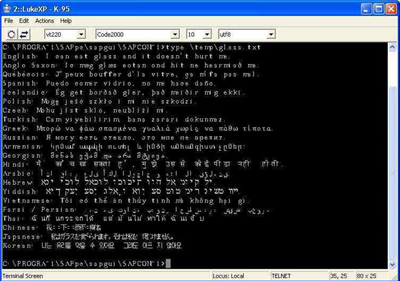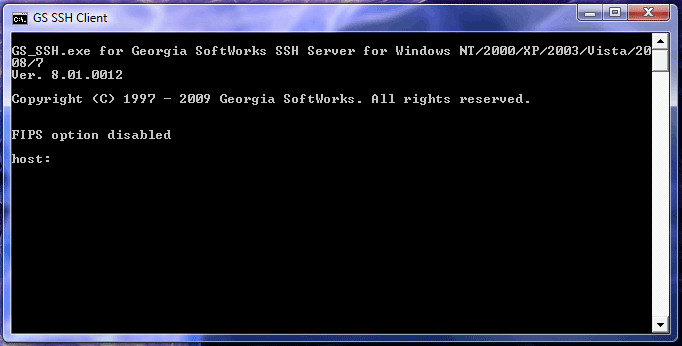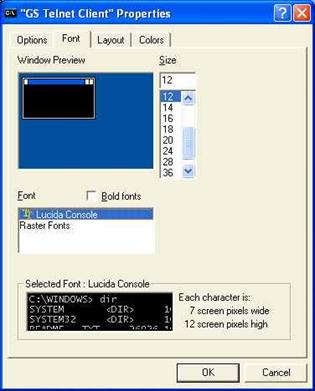Multi-National Language Support
GSW understands the importance of Multi-National Language Support
Yes, the GSW Telnet and SSH2 Server provides Mobile clients that support Chinese Font GB!
Simplified Chinese Font Support
GSW Universal Terminal Server and GSW Mobile Clients must be V7.51 or higher.
- Install the Simplified Chinese font GB (True Type) on the mobile device.
- Open the GSW SSH2/Telnet client on the mobile device and navigate to
Sessions->Settings
- Select the Font tab and select the GB font.
-
The Simplified Chinese font does not have to be installed on the Universal Terminal Server. Note: The GB font will not display in the GSW Desktop SSH2/Telnet client or Session Administrator. GSW engineering has verified correct operation with the GB (TrueType) font.
Unicode - UTF Encoding
The Unicode Standard is a character coding system designed to support the processing and display of the written texts of many international languages around the world. GSW offers UTF-8 encoding (UCS Transformation Format) for improved international character set support when using the GSW SSH2/Telnet Client and 3rd Party SSH2/Telnet Clients. Of course the 3rd party SSH2/Telnet client must also support UTF-8 Encoding.
Below is an example of the character sets supported with UTF-8 Encoding when using the Kermit 95 SSH2/Telnet client with the GSW SSH2/Telnet Server

Unicode Character Support with the GSW SSH2/Telnet Client
It is easy to use Unicode Character Support with the GSW SSH2/Telnet Client. This feature is available on the Windows platforms. It is not available on the lower end (Windows 3.1/95/98/ME) platforms.
Follow the two steps below to enable Unicode Character Support for the GSW SSH2/Telnet Client.
- You must use the –U command line option to enable Unicode character processing for input and output for the GSW Telnet/SSH2 Client. See page 69 for information on GSW SSH2/Telnet Client command line options.
- Modify the properties of the Command Prompt window to select a font which supports Unicode characters, for example Lucida Console. Left Click and Select Properties. Top Left of Window)

Upon selecting properties you will get a window similar to the below on the left. Select the appropriate font for your application, for example. Lucida Console and click OK. Now you can display Unicode characters.
 |
|
 |
You may need to add fonts to your Command Prompt properties. Fonts must meet certain criteria to be available in the Command Prompt window. Details on adding fonts to the Command Session (Command Prompt) can be found by reviewing Microsoft Knowledge Base article - KB247815.
If we want to add the Everson Mono Terminal to the Command Prompt we follow the instructions as specified in the Knowledge Base. The next time we view the Command Prompt Properties we observe that the Everson Mono Terminal is now available for selection.
After selecting the Everson Mono Terminal font the following text can be displayed.

UTF-8 Encoding with 3rd party telnet/SSH2 clients
UTF-8 Encoding is easy to configure for 3rd party clients.
Perform the following steps to enable Unicode/UTF-8 encoding for 3rd party clients.
- Be sure that your 3rd Party client supports and is configured for UTF-8 Encoding. Some examples of SSH2/Telnet clients that support UTF-8 encoding are Kermit 95 version 2.0 and above, Anzio or PuTTY.
- When connected to the SSH2/Telnet Server select one of the following emulation modes
DEC VT-220/320/420
OR
DEC VT-100
and your graphic option
Use UTF-8 encoded characters
Now you are set up for UTF-8 Encoding with 3rd party clients.



